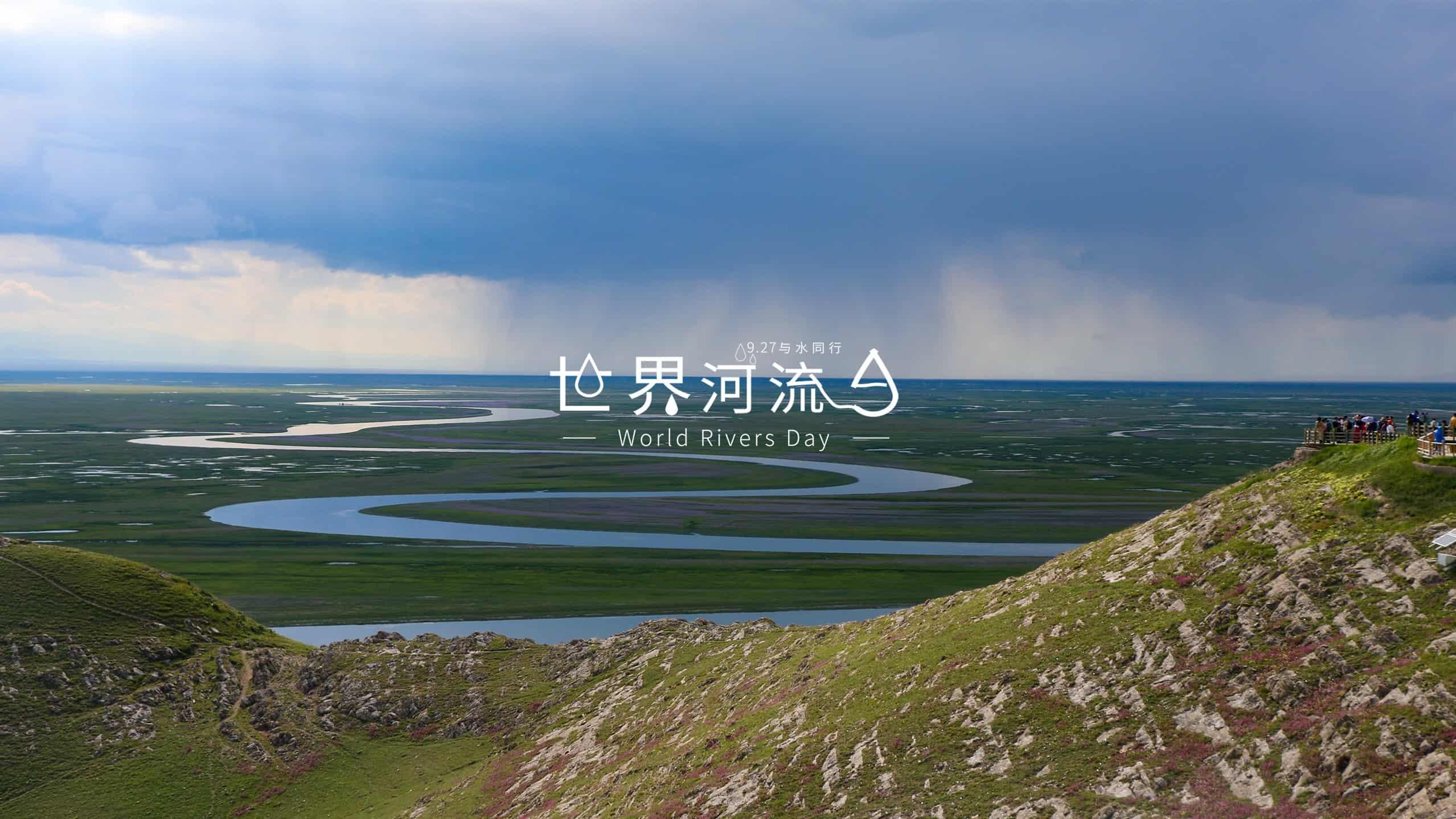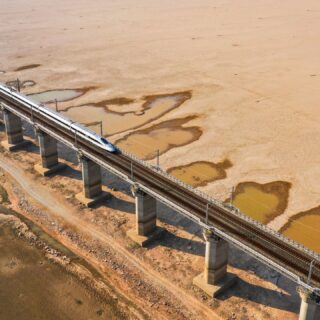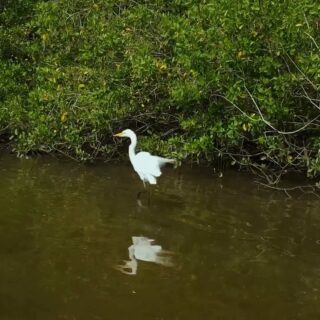Celebrating the many values of our waterways together
Life and the Ceaseless Streams
Life was brought into being by ceaseless streams of water, to protect which, the world needs to take action together. In 2005, the United Nations launched the “Water for Life Decade“, to raise public awareness of the need to protect water resources. In response to Canadian river advocate Mark Angelo’s proposal, the World Rivers Day is annually celebrated on the fourth Sunday of every September. So far, millions of people from more than 70 countries have been celebrating the many values of our waterways together on this day.
The Yangtze River is one of the mother rivers of china, and its basin is also one of the key ecological priority areas of the World Wide Fund for Nature (WWF). “The Yangtze River has a unique eco-system and is an important ecological treasure house of the country. At present and for quite a long time to come, the restoration of the ecological environment of the Yangtze should be placed in an overwhelming position. We should work together to protect the ecological environment of the Yangtze River and do not engage in large-scale development. ” said President Xi Jinping at the symposium on promoting the development of the Yangtze River Economic Belt (YREB).
With water being the medium, the YREB covers a vast region including Shanghai, Jiangsu, Zhejiang, Anhui, Jiangxi, Hubei, Hunan, Chongqing, Sichuan, Guizhou and Yunnan. Its population and economy account for more than 40% of national total. Thanks to the river, which runs through the country from the west to its east with good connectivity of transport and rich natural resources, this region takes pride in its hyper-active economic connections and interactions. The upper and lower reaches are complementary to each other in terms of their advantages. This allows the region to grow into a large socio-economic cluster, making the river one of the axes of China’s development.
However, we should also see that, as a ecosystem, the basin is also a cradle of rich bio-diversity. Statistics show that the basin has over 25 million hectares of wetlands (of which 8.5 million hectares are natural), 17 internationally important wetlands and 167 wetland nature reserves. The basin, which is a hotspot of global biodiversity protection, is home to the finless porpoise (Neophocaena phocaenoides), Chinese sturgeon (Acipenser sinensis), Siberian crane (Leucogeranus leucogeranus), oriental white stork (Ciconia boyciana) and many other rare aquatic or wetland wildlife. However, due to the high population density and development intensity, the basin is facing many serious problems, such as shrinking wetlands, degradation of the ecosystem, loss of bio-diversity, decline of water availability, loss of flood regulation capacity, and water pollution, which are not only fundamentally changing the system of a once free flowing river, but also affecting the efficiency of the Yangtze River as a “golden waterway” and the social economy along it. Changes in water availability have brought the destruction of many aquatic wildlife. For example, the baiji (Lipotes vexillifer), a freshwater mammal which has lived in the Yangtze for over five million years, has disappeared since 2006. The wild population of finless porpoise, another freshwater mammal in the main stream of the Yangtze, is also decreasing by about 14% every year. If the deterioration of the river continues, the species will disappear just like the baiji in 5-10 years.
Therefore, on this World Rivers Day, we would once again advocate the implementation of “integrated basin management”. Management should be coordinated at basin scale across sectors and administrative regions. Moreover, the development, use and protection of natural resources like water, soil and biota need to be considered in an integrated approach, to maintain the sustainability of basin development while maximizing well-beings in the economic, social and environmental aspects.




